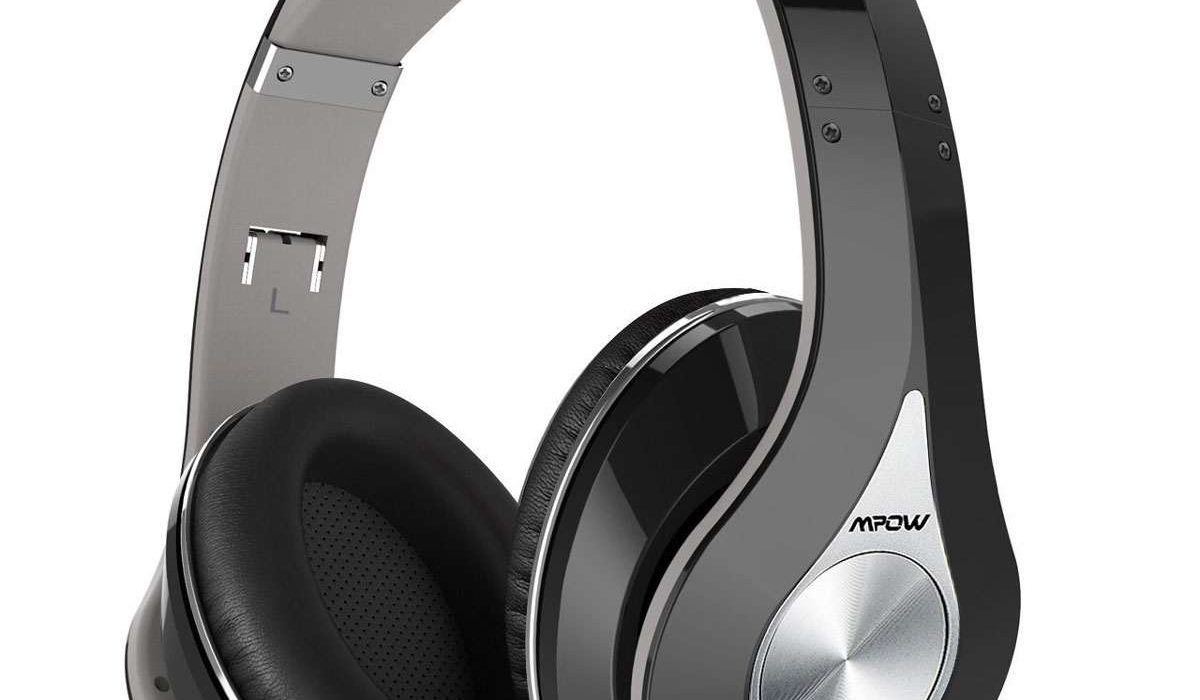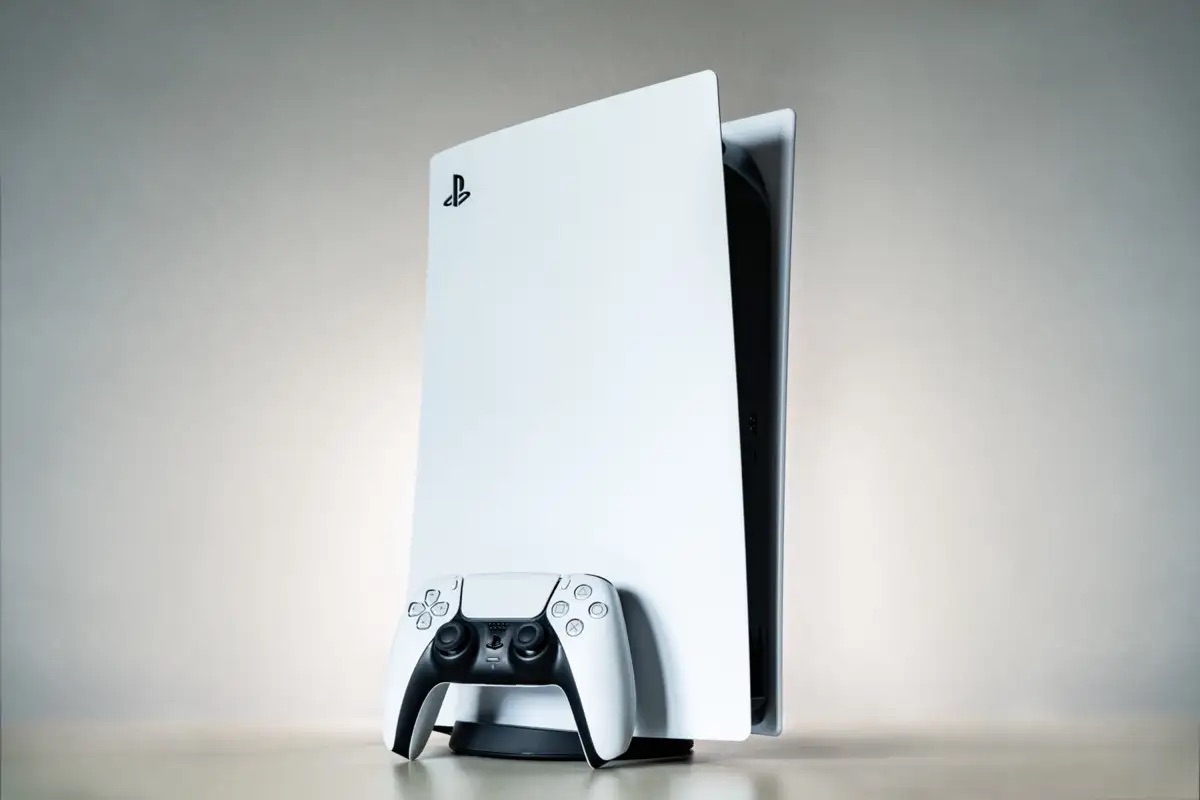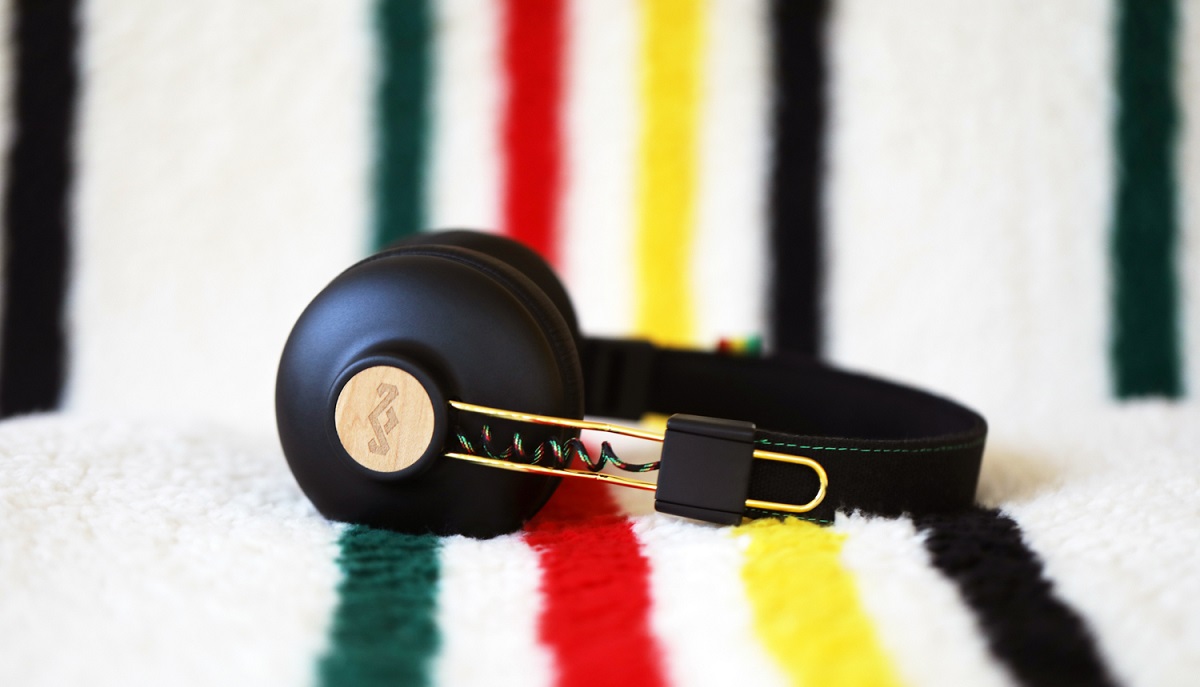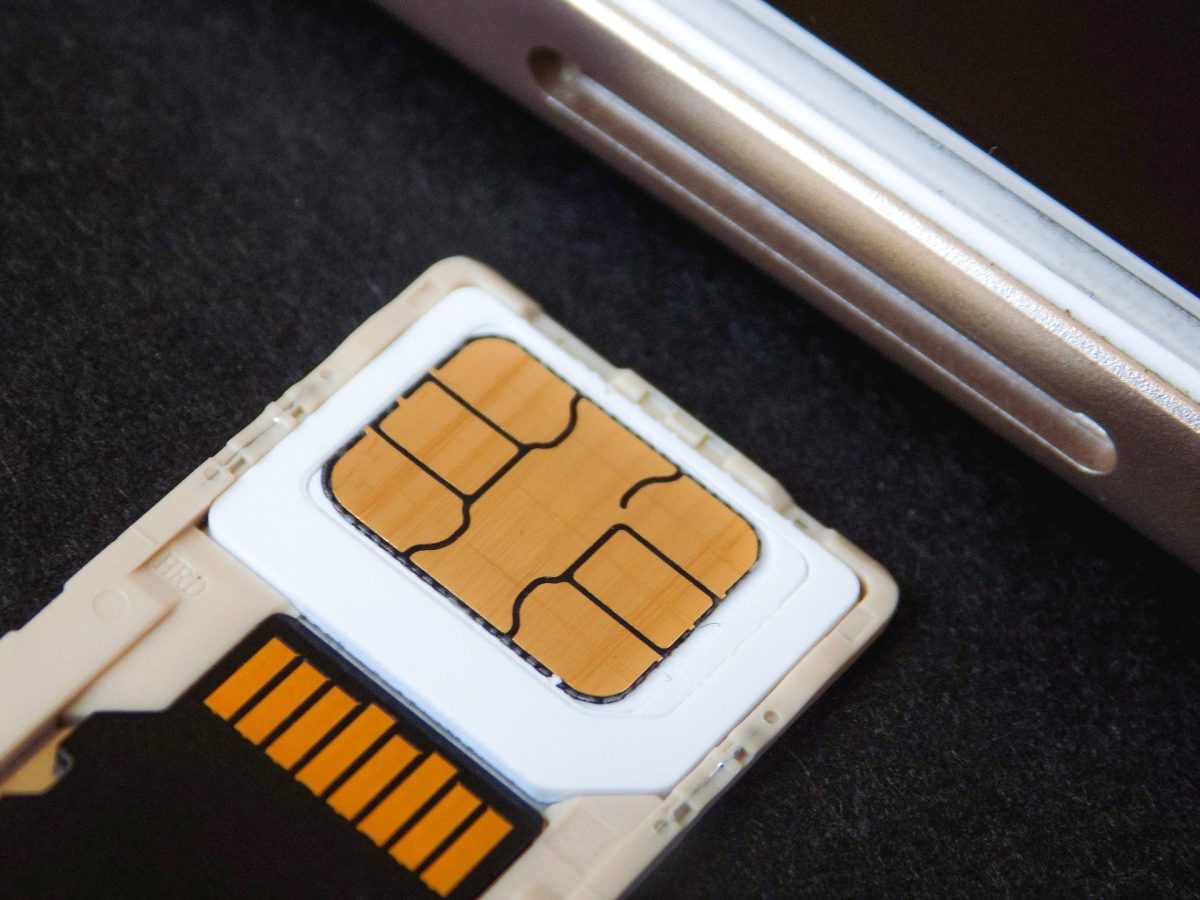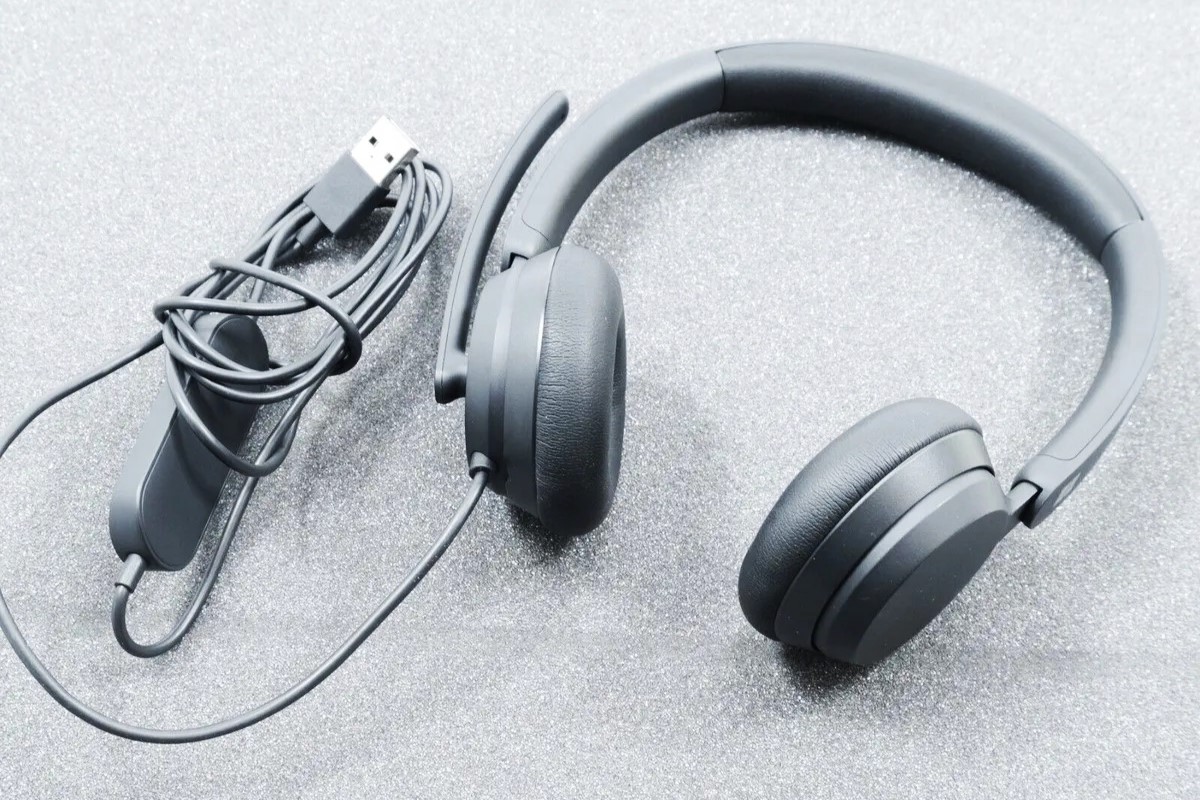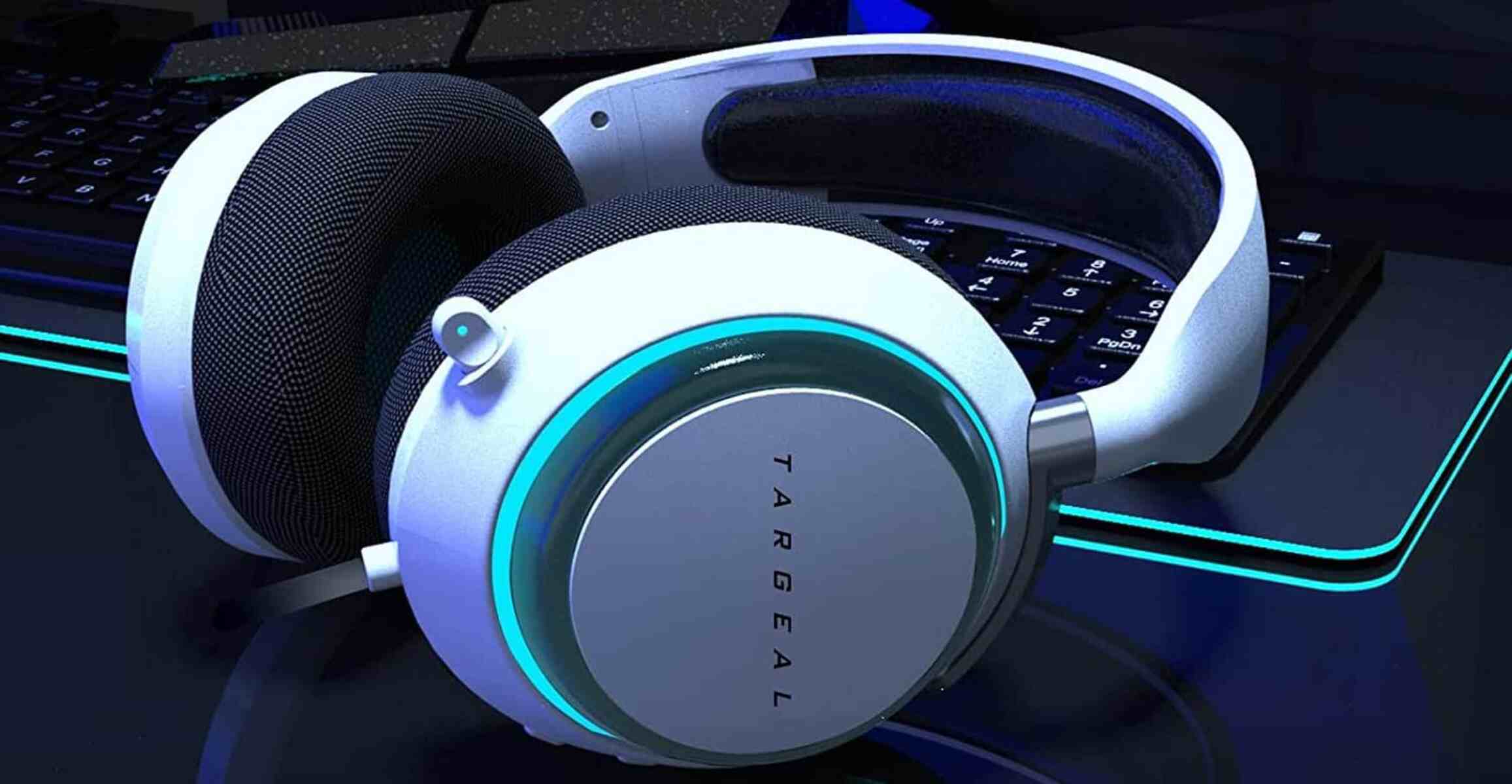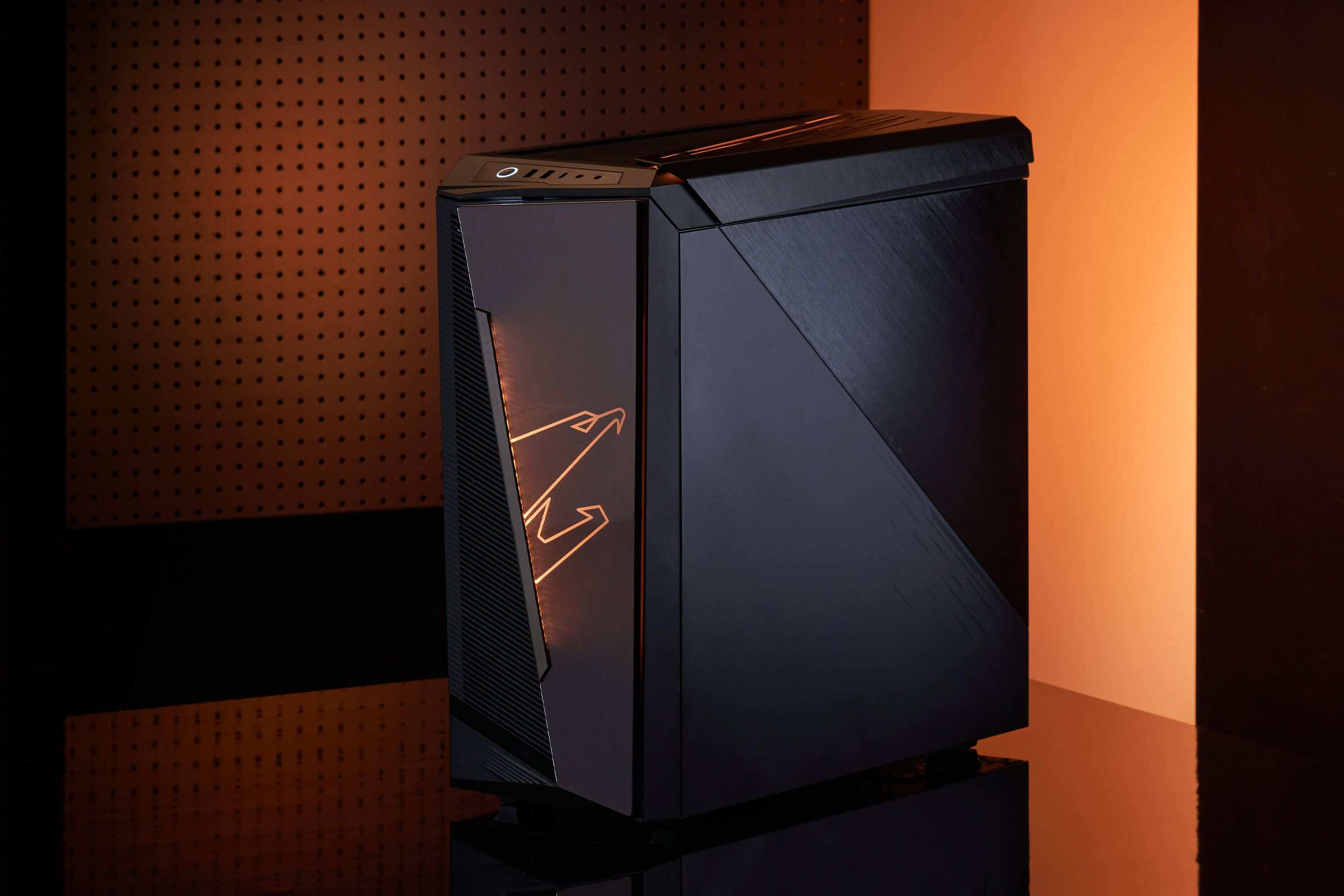Introduction
Headsets have become an indispensable part of our daily lives, serving as our gateway to seamless communication, entertainment, and productivity. Whether it's for making important calls, immersing ourselves in music, or engaging in virtual meetings, a high-quality headset can significantly enhance our overall experience. However, one common issue that plagues headset users is the unsightly appearance of dents. These dents not only detract from the aesthetic appeal of the headset but can also impact its functionality over time.
In this comprehensive guide, we will delve into the world of headset dents, exploring the underlying causes, preventive measures, and effective solutions for addressing this persistent dilemma. By gaining a deeper understanding of the factors contributing to headset dents and learning practical strategies to mitigate their occurrence, you can prolong the lifespan of your beloved headset and ensure a seamless audio experience.
Join us as we embark on a journey to unravel the mysteries of headset dents, empowering you with the knowledge and tools to preserve the pristine condition of your trusted audio companion. Whether you're a music enthusiast, a professional in need of crystal-clear communication, or a gaming aficionado seeking immersive soundscapes, this guide is tailored to equip you with the insights needed to conquer the challenges posed by headset dents. Let's embark on this enlightening exploration together, as we discover the art of preventing and remedying headset dents for a seamless audio experience.
Understanding Headset Dents
Headset dents, often characterized by unsightly depressions or blemishes on the headband or ear cups, can be a source of frustration for users. These imperfections not only compromise the visual appeal of the headset but also raise concerns about potential structural damage and discomfort during prolonged usage. Understanding the root causes of these dents is crucial in devising effective preventive strategies and solutions.
Factors Contributing to Headset Dents
The primary culprits behind headset dents can be attributed to the materials used in their construction, as well as the design and usage patterns. Headsets crafted from materials such as plastic or metal are susceptible to deformation when subjected to pressure or impact. Prolonged pressure exerted by the headband against a hard surface, such as when the headset is placed on a desk or inadvertently sat upon, can lead to the formation of dents over time.
Moreover, the design of the headband, particularly its adjustability and padding, plays a significant role in determining its resistance to dents. Inadequate padding or cushioning in the headband may fail to distribute pressure evenly, resulting in localized stress points that contribute to dent formation. Additionally, the frequency and duration of headset usage can exacerbate the likelihood of dents, especially if the headset is worn for extended periods without relief.
Impact on Functionality and Comfort
While headset dents are primarily a cosmetic concern, they can also impact the functionality and comfort of the device. Structural deformities caused by dents may compromise the overall stability and fit of the headset, potentially leading to discomfort during prolonged wear. Furthermore, dents near the ear cups can affect the seal and acoustic performance, diminishing the quality of sound reproduction and noise isolation.
Understanding the intricate interplay between material composition, design features, and usage patterns is essential in comprehending the mechanics of headset dent formation. By gaining insights into these underlying factors, users can proactively adopt measures to prevent the onset of dents and preserve the integrity of their cherished headsets.
In the subsequent sections, we will delve into practical strategies for preventing headset dents and explore effective solutions for remedying existing imperfections, empowering users to safeguard their headsets from the perils of dent formation.
Preventing Headset Dents
Preventing headset dents necessitates a proactive approach that encompasses mindful usage, strategic storage, and protective measures. By implementing these preventive strategies, users can safeguard their headsets from the perils of dent formation, preserving their pristine condition and ensuring long-term durability.
Mindful Handling and Storage
One of the fundamental preventive measures involves exercising caution during the handling and storage of headsets. When not in use, it is advisable to store the headset in a dedicated case or pouch to shield it from accidental impacts and pressure. Placing the headset on soft surfaces or designated holders, rather than on hard and uneven surfaces, can mitigate the risk of dents caused by prolonged pressure or inadvertent mishandling.
Proper Adjustment and Fit
Ensuring that the headset is properly adjusted to fit the user's head size and shape is pivotal in preventing localized pressure points that can lead to dent formation. Opting for headsets with ample padding and cushioning in the headband can help distribute pressure evenly, reducing the likelihood of dents. Regularly adjusting the headband to achieve a comfortable and secure fit, without excessive tension, can alleviate stress on the materials and minimize the risk of deformation.
Protective Accessories
Utilizing protective accessories, such as silicone headband covers or cushioned sleeves for the ear cups, can provide an additional layer of defense against dents. These accessories act as buffers, absorbing and dispersing pressure to minimize the impact on the headset's structural integrity. Furthermore, investing in a durable storage case with adequate padding can shield the headset from external forces and mitigate the risk of dent formation during transit or storage.
Regular Maintenance and Inspection
Conducting periodic maintenance and inspections can aid in identifying early signs of wear or stress on the headset. Checking for any indentations or deformities and addressing them promptly can prevent the exacerbation of minor imperfections into noticeable dents. Additionally, cleaning the headset regularly to remove dirt and debris can contribute to maintaining its structural integrity and appearance, reducing the likelihood of dent formation.
By integrating these preventive measures into their headset care routine, users can fortify their devices against the threat of dents, ensuring a seamless and visually appealing audio experience for years to come. Empowered with the knowledge of preventive strategies, users can take proactive steps to preserve the integrity of their beloved headsets, sparing them from the plight of unsightly dents and structural deformities.
Fixing Headset Dents
Addressing existing headset dents requires a meticulous approach aimed at restoring the device's aesthetic appeal and structural integrity. While prevention is paramount, unforeseen circumstances or inadvertent mishaps may lead to the formation of dents. In such instances, users can explore effective solutions to rectify these imperfections and breathe new life into their beloved headsets.
Assessing the Severity of Dents
Before embarking on the remediation process, it is essential to assess the severity of the dents. Minor indentations that have not compromised the structural integrity of the headset may be remedied through gentle manipulation and targeted interventions. However, more pronounced or extensive dents may necessitate professional assistance or replacement of affected components.
Gentle Manipulation and Heat Application
For minor dents on the headband or ear cups, gentle manipulation can be employed to restore the original contours. Applying subtle pressure using soft, microfiber cloths or padded tools can help gradually coax the materials back into shape. Additionally, the application of gentle heat, such as using a hair dryer on a low setting, can aid in softening the materials, making them more pliable for reshaping. Care must be exercised to avoid excessive force or heat, which may exacerbate the damage.
Utilizing Dent Removal Tools
Specialized dent removal tools, such as suction cups or dent pullers, designed for delicate surfaces can be utilized to address stubborn dents. These tools leverage suction or pulling mechanisms to gradually lift and reshape the affected areas, restoring the smooth surface of the headset. It is imperative to select tools specifically tailored for the material composition of the headset to avoid causing further damage during the remediation process.
Seeking Professional Assistance
In cases where the dents are extensive or have resulted in structural weaknesses, seeking professional assistance from authorized service centers or technicians specializing in headset repairs is advisable. These professionals possess the expertise and specialized tools to assess and address complex dent issues, ensuring that the structural integrity and functionality of the headset are preserved.
Replacement of Damaged Components
In scenarios where the dents have led to irreversible damage or compromised the functionality of the headset, replacing the affected components may be the most viable solution. Authorized service centers or manufacturers can provide genuine replacement parts, allowing users to restore their headsets to their original state and resume uninterrupted audio experiences.
By employing these targeted remediation strategies, users can effectively address existing headset dents and revitalize their devices, ensuring that they continue to deliver exceptional audio performance while maintaining a visually appealing appearance. While prevention remains the cornerstone of headset care, having the knowledge and tools to rectify dents empowers users to navigate unforeseen challenges and extend the longevity of their cherished headsets.
Conclusion
In the realm of headset care, the battle against dents is a formidable adversary that demands vigilance, proactive measures, and the knowledge to address unforeseen imperfections. As we conclude this enlightening exploration, it is evident that the prevention and remediation of headset dents are pivotal in preserving the integrity and longevity of these indispensable audio companions.
By understanding the underlying factors contributing to headset dents, users can proactively adopt mindful handling practices, strategic storage methods, and the utilization of protective accessories to fortify their headsets against the perils of dent formation. The implementation of these preventive measures serves as a shield, safeguarding headsets from the detrimental effects of localized pressure and inadvertent mishaps, ensuring that they remain free from unsightly imperfections.
Furthermore, the ability to effectively address existing headset dents through gentle manipulation, targeted interventions, and, if necessary, professional assistance empowers users to restore the aesthetic appeal and structural integrity of their beloved headsets. By embracing these remediation strategies, users can navigate unforeseen challenges with confidence, knowing that they possess the knowledge and tools to revitalize their headsets and prolong their lifespan.
As we bid adieu to this insightful journey, armed with the wisdom to prevent and remedy headset dents, users are poised to embark on a seamless audio experience, unencumbered by the specter of unsightly imperfections. Whether it's savoring captivating melodies, engaging in immersive gaming adventures, or partaking in seamless communication, the preservation of headset integrity ensures that users can revel in the full spectrum of audio experiences without compromise.
With the knowledge and strategies gleaned from this guide, users are equipped to champion the cause against headset dents, preserving the pristine condition of their trusted audio companions and ensuring a seamless audio journey for years to come. Let us embark on this empowered path, where the allure of pristine headsets and captivating audio experiences awaits us, free from the dent dilemma that once loomed ominously.
In the end, the battle against headset dents is not merely a quest for visual perfection but a testament to the dedication to preserving the essence of seamless audio experiences, unrivaled in their immersive allure and unwavering performance. Armed with the insights and strategies unveiled in this guide, users are primed to embark on a journey where pristine headsets and captivating audio experiences converge harmoniously, transcending the specter of unsightly imperfections.









